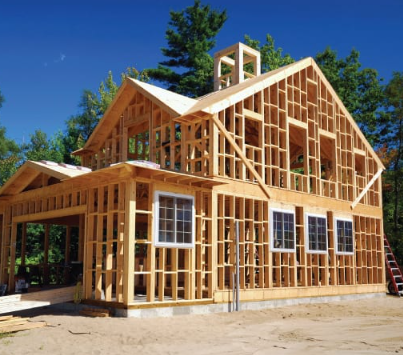Appliances fail without warning, but not every issue needs professional help. Many can be solved with simple home checks.
1. Refrigerator Not Cooling? Check the Airflow and Settings
One of the common refrigerator issues is poor cooling. Before assuming a mechanical failure, first check the temperature settings—sometimes they’re accidentally changed. The recommended setting is around 37°F (3°C) for the fridge and 0°F (-18°C) for the freezer.
Next, inspect the airflow vents inside the fridge. If food containers are pressed against the back wall or vents, cold air can't circulate. Try rearranging shelves to allow space for airflow.
If cooling is still weak, look under the fridge to find the condenser coils. Dust buildup here reduces efficiency. Unplug the fridge and use a coil brush or vacuum to clean these coils carefully. Many homeowners overlook this simple but impactful step.
2. Strange Noises from the Refrigerator? Try These Fixes
Unusual sounds don’t always mean failure. A humming or buzzing could be from the compressor or fan motor working harder than usual. First, check if the fridge is level on the floor—use a bubble level and adjust the feet. If it’s tilted, the motor may strain more.
A clicking sound might mean the defrost timer is operating, which is normal. But if it’s loud and frequent, the evaporator fan may be blocked by ice or debris. Unplug the fridge and remove the panel in the freezer compartment (if accessible) to inspect.
Cleaning the drip pan under the unit can also stop odor and rattling noises. This pan collects excess water and, if dirty, may cause foul smells or minor leaks.
3. Oven Not Heating Evenly? Test It Like This
If your oven cooks unevenly or takes too long to heat up, it might not be the heating element. Place slices of white bread across the oven rack and turn it on at 350°F (175°C) for 5–10 minutes. If some pieces are darker than others, it shows uneven heating zones.
To fix this, first check the oven door gasket for gaps or tears—it should feel springy and seal tightly. A broken seal causes heat to escape.
Also, take a look at the bottom of the oven for food debris or foil. Foil can reflect heat unevenly and disrupt airflow. Removing any obstruction may restore proper heat circulation.
4. Dishwasher Not Draining? Check the Filter and Hose
A dishwasher full of standing water is a common headache. First, remove the bottom rack and unscrew the cylindrical filter assembly at the bottom. Rinse it under warm water and brush out trapped food particles.
Then, inspect the drain hose under the sink. This hose connects to the garbage disposal or sink drain. If it's clogged or kinked, water can’t drain. Disconnect it carefully and run warm water through it to flush any blockage.
Another trick: run the dishwasher with vinegar and baking soda on an empty cycle. This can help clear grease and mineral buildup inside the pump and drain paths.
5. Dishes Not Coming Out Clean? Focus on Spray Arms
If dishes are still dirty after a wash, the issue might not be detergent. Remove the spray arms (usually they unscrew or pop off), then rinse them under running water.
Use a toothpick or small wire to poke through the spray holes—these can clog with food debris. Make sure the spray arms spin freely before reinstalling.
Also check how you load the dishwasher. Blocking the detergent dispenser or stacking dishes too tightly can prevent proper cleaning. Follow the manufacturer’s rack diagram if available.
6. Microwave Not Turning On? Try These Simple Checks
If the microwave shows no signs of power, don’t panic. First, make sure it’s plugged in properly and that the outlet works—try another device to test.
Microwaves are often plugged into GFCI outlets, especially in kitchens. If yours is, press the “reset” button on the outlet to restore power.
Next, open and firmly close the microwave door. If the latch sensor isn’t engaged properly, the unit won’t operate. Gently clean the latch area with a cloth to remove any residue that might block connection.
7. Dryer Taking Too Long? Inspect the Vent Path
Dryers that take extra cycles to dry clothes often suffer from blocked vents. Disconnect the dryer vent hose from the back and check for lint buildup. Use a vacuum with a narrow hose to clear both the inside of the hose and the wall duct.
Also remove the lint filter and wash it under warm water. Fabric softener residues can create a film that reduces airflow, even if lint isn’t visible.
Avoid running multiple loads back-to-back, which can overheat the motor. Let it rest between uses for better efficiency.
Conclusion: Small Fixes Can Prevent Big Problems
You don’t need to be a technician to solve many household appliance problems. With a little observation and some simple tools, you can identify and resolve common issues safely. Knowing how to clean filters, check airflow, and inspect seals gives you control and confidence when appliances misbehave.





